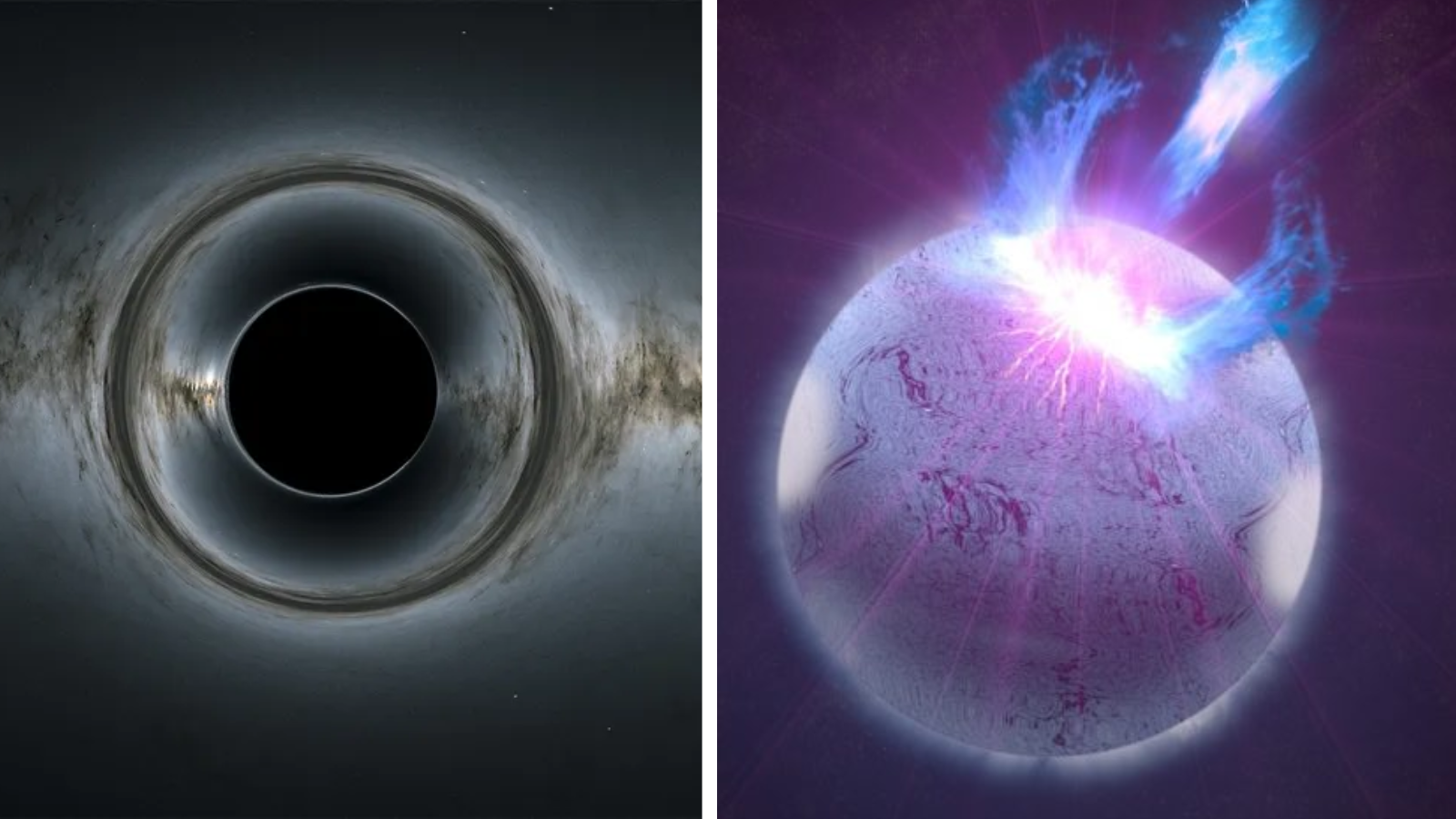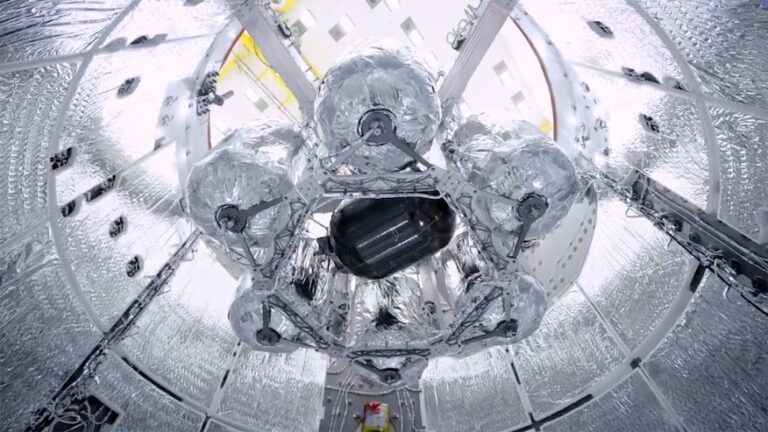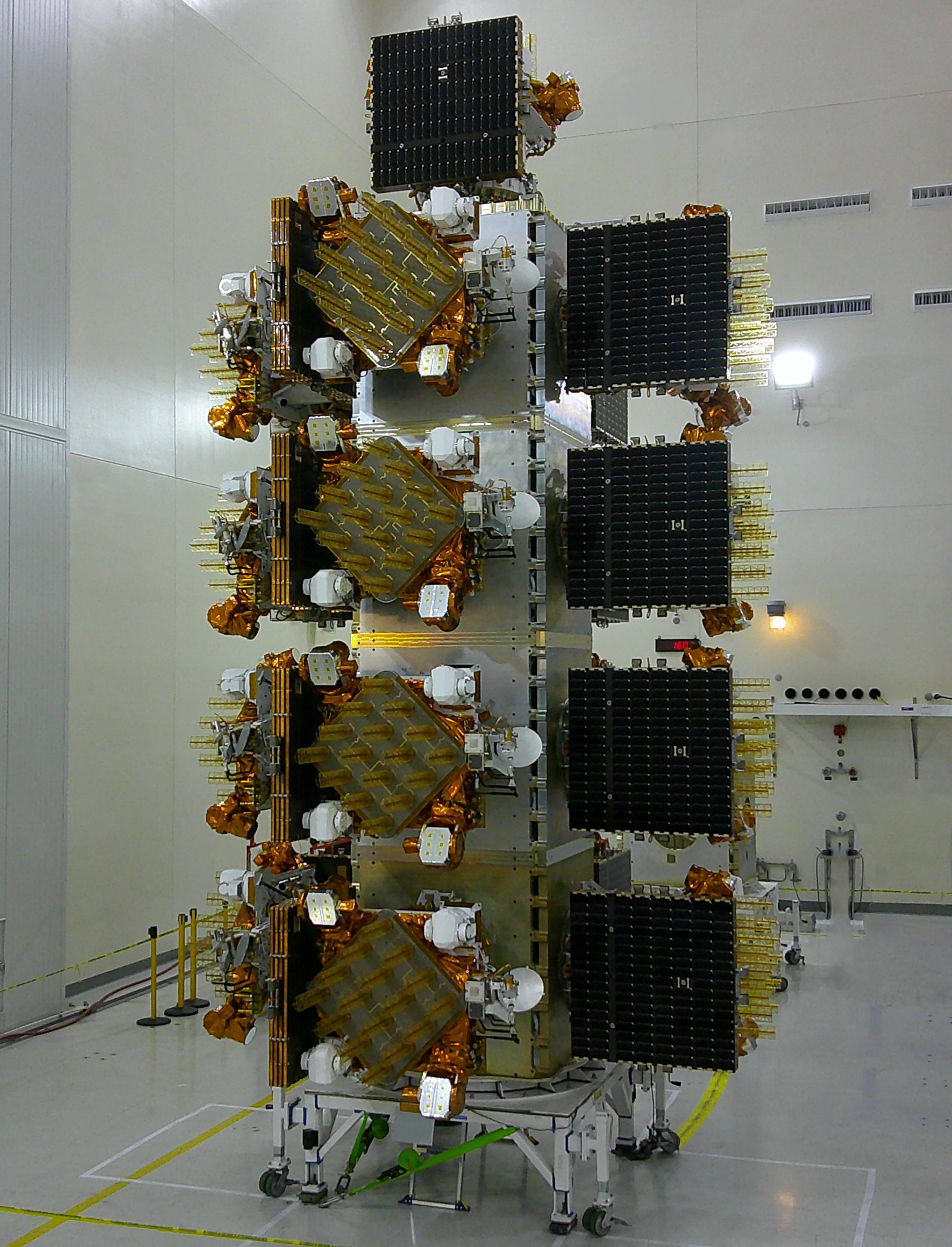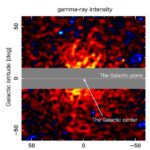4 Min Read Washington State Student Wins 2025 NASA Art Contest “My Wonders with You” by Dahyun Jung, 2025 NASA Student Art Contest grand prize winner Credits: NASA/Dahyun Jung A
Archive for August, 202526- Page
5 min read Astronomers Map Stellar ‘Polka Dots’ Using NASA’s TESS, Kepler Scientists have devised a new method for mapping the spottiness of distant stars by using observations from NASA
On Aug. 2, 2027, a total solar eclipse will cast its shadow from the Strait of Gibraltar through North Africa and into the heart of the Arabian Peninsula. During the
3 min read Preparations for Next Moonwalk Simulations Underway (and Underwater) NASA is kicking off the 2026 Student Launch challenge, looking for new student teams to design, build, and launch high-powered
Explore This Section Earth Earth Observer Editor’s Corner Feature Articles Meeting Summaries News Science in the News Calendars In Memoriam Announcements More Archives Conference Schedules Style Guide 9 min read
Download NASA Implementation of Executive Order 14303, Restoring Gold Standard Science Aug 22, 2025 PDF (277.15 KB)
New research suggests that dark matter could gather over vast periods of time at the heart of Jupiter-sized planets, creating black holes that eat these worlds from within. This striking
An unpiloted SpaceX Dragon capsule loaded with 2.5 tons of supplies, research material and needed equipment approaches the International Space Station over western Africa. Image: Sen 4K camera An unpiloted
WASHINGTON — The U.S. Space Force is preparing to launch the first satellites intended to provide communications services from a low Earth orbit military constellation. The mission, targeted for no
Look to the western horizon to catch a fleeting glimpse of the thin crescent moon alongside the red glow of Mars on Aug. 26, set among the stars of the
-
 012024 in Review: Highlights from NASA in Silicon Valley
012024 in Review: Highlights from NASA in Silicon Valley -
 02Panasonic Leica Summilux DG 15mm f/1.7 ASPH review
02Panasonic Leica Summilux DG 15mm f/1.7 ASPH review -
 03How New NASA, India Earth Satellite NISAR Will See Earth
03How New NASA, India Earth Satellite NISAR Will See Earth -
 04And Thus Begins A New Year For Life On Earth
04And Thus Begins A New Year For Life On Earth -
 05Astronomy Activation Ambassadors: A New Era
05Astronomy Activation Ambassadors: A New Era -
06SpaceX launch surge helps set new global launch record in 2024
-
 07Space Force plans new ‘Futures Command’ amid pressure to speed up modernization
07Space Force plans new ‘Futures Command’ amid pressure to speed up modernization













